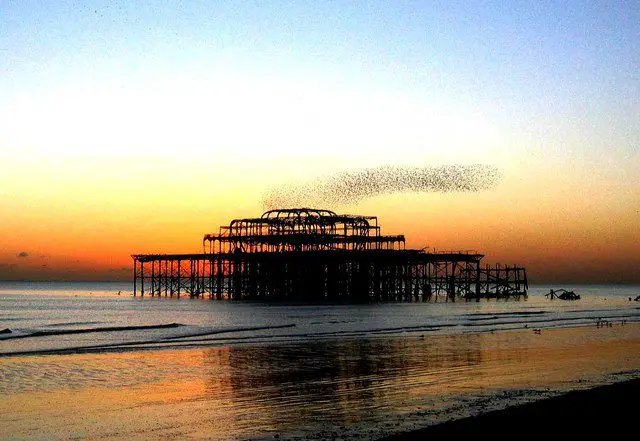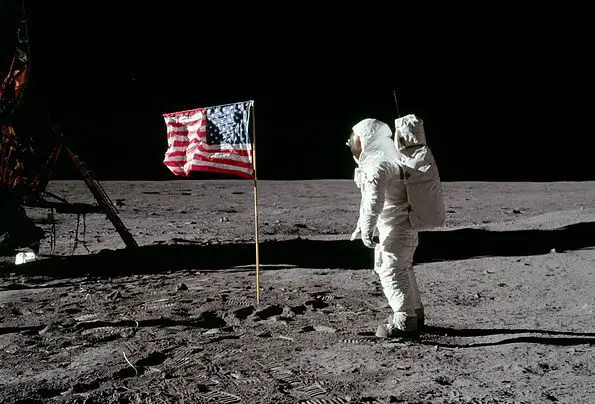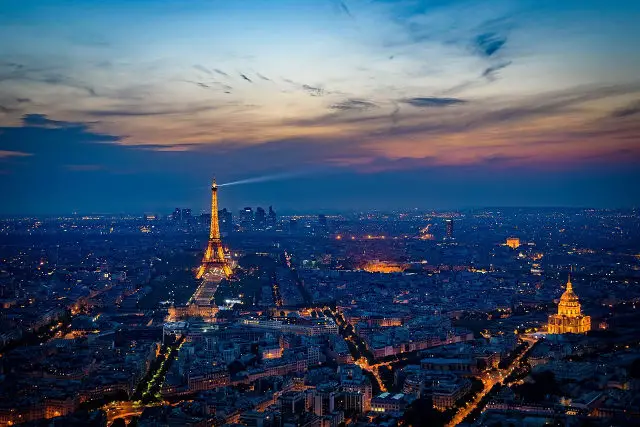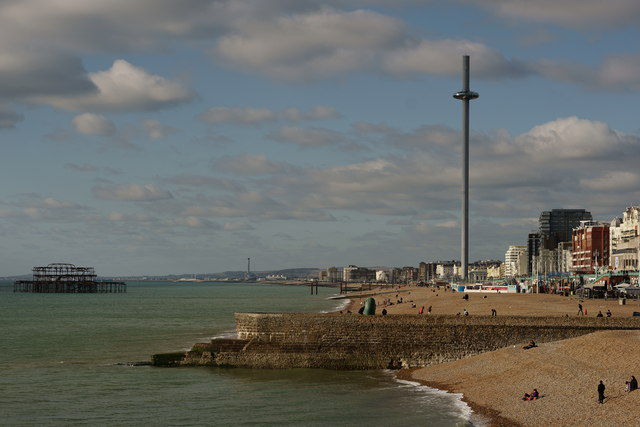Jonathan Dodd’s latest column. Guest opinion articles do not necessarily reflect the views of the publication. Ed
I’ve been to Brighton again. It’s a thing we do every now and again, for lots of reasons. Mainly, I was born and grew up there, and it’s a way of revisiting my past. And it’s a quite groovy place. It’s always been known for its slightly tawdry reputation, and it has seen more than its share of romance and scandal, but it has also been ahead of the curve in lots of ways.
Brighton has never been scared of welcoming people from all over the planet. I have recounted my childhood in this column, in a house filled with international paying guests invited to become part of the family and learn English. Brighton is still filled with an enormous variety of accents, although they have shifted geographically since I lived there.
A reputation for tolerance and liberality
It also has a reputation for tolerance and liberality. It has always been a haven for socially-persecuted groups, and it votes for the Green Party more than any other city, with a Green Council and MP. Its Festival and Pride Parade are world-famous. And it’s a great place to spend a weekend.

We walked all over Hove. Actually, where I grew up before Brighton and Hove became administratively-fused, and I remembered all the roads, although there was only one shop which I could swear had the same name and address as it did during my childhood. The road where my mother did her weekly shop is now pedestrianised, and there are large olive trees growing where once my small feet trod. Major Cooper (Retd.), who lived up my road, would have been scandalised.
It’s a sort of anti-lift
Brighton has also never flinched from architectural experiments. From the still-splendid Pavilion through the Piers and the Marina, there’s always been a willingness to try something new. The latest thing to strike the eye is the i360, an incredibly thin steel tower rising above every other building and set on the sea-front. It’s a sort of anti-lift, with the cabin on the outside like a huge pod, all curved glass above and mirrored surface below. It rises over 150 metres straight up.

It’s run by British Airways, weirdly, and they operate Airport rules for entry, scanning you and removing any slightly suspicious metal items before letting you on board, and once you’re in the pod and the doors shut, the rise is so smooth you don’t notice you’re moving until you suddenly see the traffic below. It just keeps rising, up and up, until it stops, almost disappointingly short of the very top of the column.
Right out across the sea to the new wind farm
The views are magnificent. You can see literally all around, along the coastline in both directions, inland to the middle of the Sussex Downs, and out across the sea to the new wind farm, beginning to bristle above the surface. Sadly, we weren’t able to see the Isle of Wight because of the haze. But considering it was early February we had brilliant weather. The Georgian terraces and squares looked beautiful, and you could see that the nearby Metropole Hotel had cheekily painted an open-air swimming pool on its flat roof that only we could see.

The tower itself was designed and built by the same firm that created the London Eye, and the pods did have the same look and feel as the Eye pods. It’s the tallest such structure in the world, but I suspect it’ll be outreached soon. It’s set dead centre in the midline of the entrance to the derelict West Pier, victim of fire and ruin, and now the home of innumerable starlings, and it lined up through the middle of a beautiful Georgian terrace.
Pointing at the sky and proclaiming itself triumphantly
The thing that such a structure communicates to me is a belief in the future. Like the Spinnaker Tower in Portsmouth, it was a leap of faith, and it encountered a lot of opposition and engineering problems before it was opened. Its finances became a bit rocky at times too. But there it is now, pointing at the sky and proclaiming itself triumphantly. “Look what we can do!” it says to me.

We’re a funny lot, we humans. We’re a weird mix of bold explorers, courageously going where no-one has gone before, and then we go all paranoid and start burning witches. You would think that periods of peace and relative prosperity would be the thing we want most, but we seem to go a little bit mad, and we start jumping at shadows and suspecting strangers for no good reason, where a hundred years before we were sailing off into the unknown to conquer the world, and probably will again in the next hundred years.
We’re both just going to have to wait
I find this quite comical, because I’ve always become jittery when everything seems quiet and calm. I’ve always felt security to be a false god, promising everything and lulling us into a long sleep from which we might not awake until it’s too late. I’m sure there’s a Greek Myth with the same subject, but at the moment it eludes me. I’m sure I’ll remember or Google it before finishing this column, but I’m in full flow, so we’re both just going to have to wait.

Here’s an interesting thing. When you make a film, you’re going to imagine you’re talking to a crowd, and you’re going to want to try to capture everyone’s attention, and drag in those who might not be paying attention. But when you write, you’re locked into a conversation with one other person, your mythical reader, whoever he or she is. It’s you, of course. I never realised. Now I’m remembering a scene in Monty Python and the Holy Grail where someone was lured to sleep, and I’m sure Tolkien used it too. Back to the plot now.
Why fly men to the Moon so they can leave footsteps on it?
We occasionally decide to build extraordinary and expensive things, without any guarantee that they’ll be ultimately useful or profitable, because we feel we have to. CERN is a typical example. Why bother to spend billions searching for the elusive Higgs Boson particle? Why build a tunnel under the Channel to connect England to Continental Europe? Why build the Eiffel Tower, or fly men to the Moon so they can leave footprints on it?

The answers to these questions are elusive, of course. You can be all business-like about it. It’s a well-known fact that every dollar invested in the Moon Programme yielded nine dollars of profit eventually. Alternative truths are obviously available, and this might be a myth itself. The trouble is that the things you produce that become profitable might be collateral profits, like Teflon, developed to stop space vehicles burning up during re-entry and now gracing the inside of saucepans in every kitchen in the world.
We gain great advantages and improvements from it all
We’re busy at the moment, building CrossRail under London, and preparing for HS2, and other new engineering marvels, and there’s a lot of opposition to both, as well as huge determination to succeed. I was living in Newbury when they finally built the bypass there, and I remember the strength of the opposition to it, as well as the extraordinary change to the atmosphere of the town once the lorries stopped idling at all those roundabouts for hours belching out diesel fumes.

I also know that sometimes a lot of money is paid out for things that don’t get built, or become great white elephants, but overall I’m a fan of change and technology and research and education and greater knowledge, and I know we gain great advantages and improvements from it all, as well as having to pay lots of money to scientists who freely admit (sometimes) that they can’t guarantee any return for your investment.
We don’t shy away from paying for the research into curing diseases
To my mind, most of us have at some time had our lives saved or lengthened by medical advances, but we don’t shy away from paying for the research into curing diseases. You can make exactly the same case for research into new energy, or transport, or building technology. There are always those raring to go and others putting the brakes on, and that’s all right, as long as neither side gets to make all the decisions.

There are plenty of places that have been rejuvenated by building projects. The London Olympics is a perfect example. The Eiffel Tower was meant to be taken down after the Great Exhibition of 1889. Concorde became a symbol of technology and design. And we walked on the Moon. I like to visit Brighton because it’s one of those places where things seem more positive and possible than other places. I believe that we make things happen by believing in them and getting on with it.

The flip side of this is that the opposite is also true. Funnily enough, History spends very little time recording the things we don’t try to do. Where’s our Eiffel Tower? Where’s our i360?
If you have been, thank you for reading this.
Image: Peter Trimming under CC BY 2.0
Image: Malc McDonald under CC BY 2.0
Image: F10 Studios under CC BY 2.0
Image: Peter Whitcomb under CC BY 2.0
Image: yellowbookltd under CC BY 2.0
Image: Walter Crane under CC BY 2.0
Image: NASA / Neil A. Armstrong under CC BY 2.0
Image: Walters Art Museum under CC BY 2.0
Image: skeeze under CC BY 2.0
Image: jdhancock under CC BY 2.0





